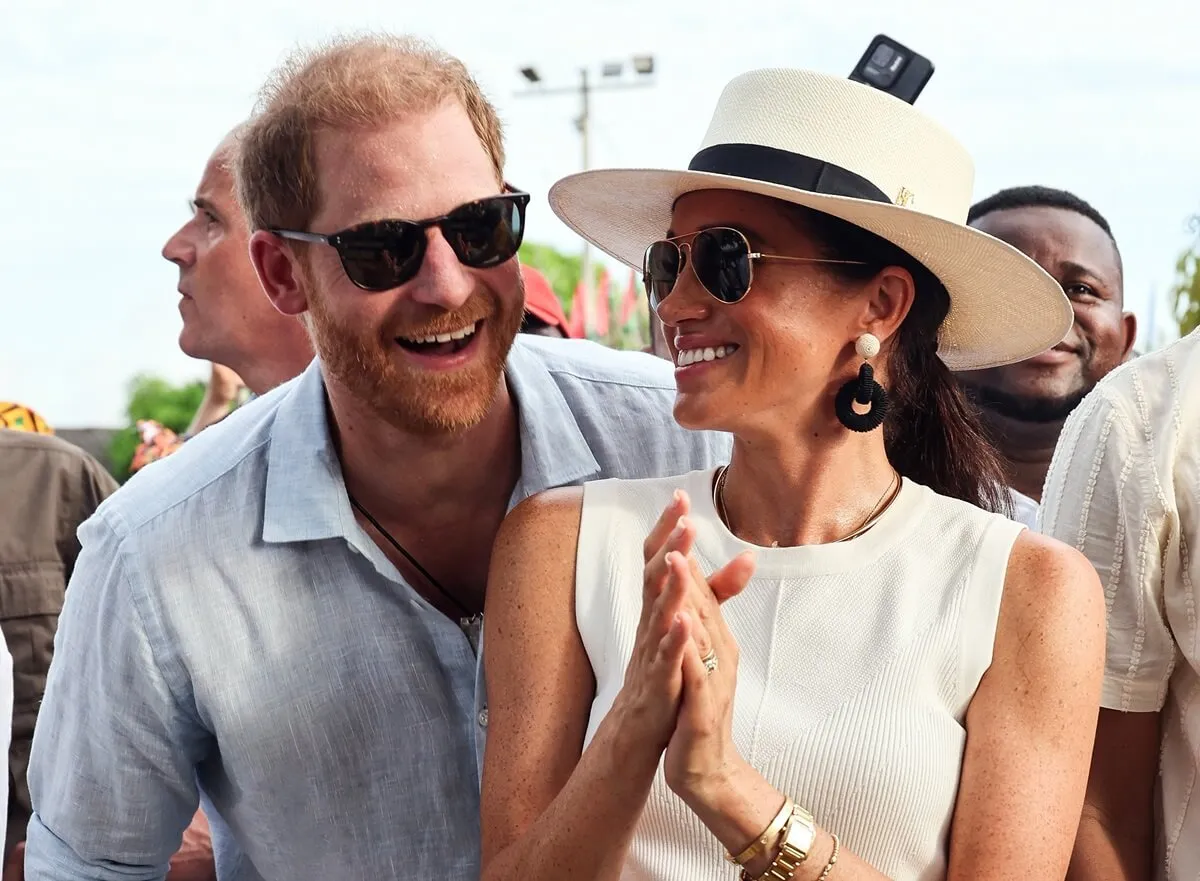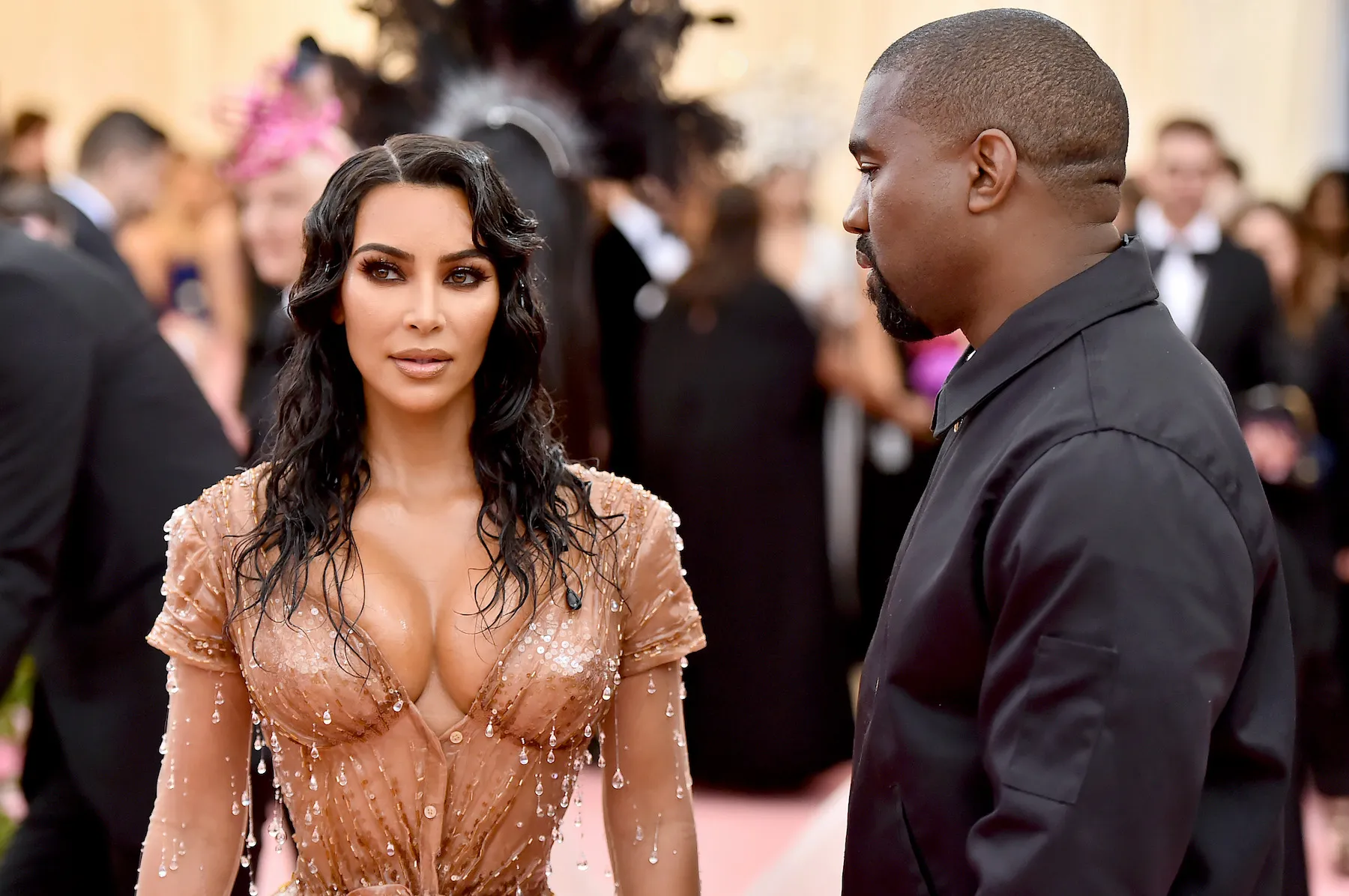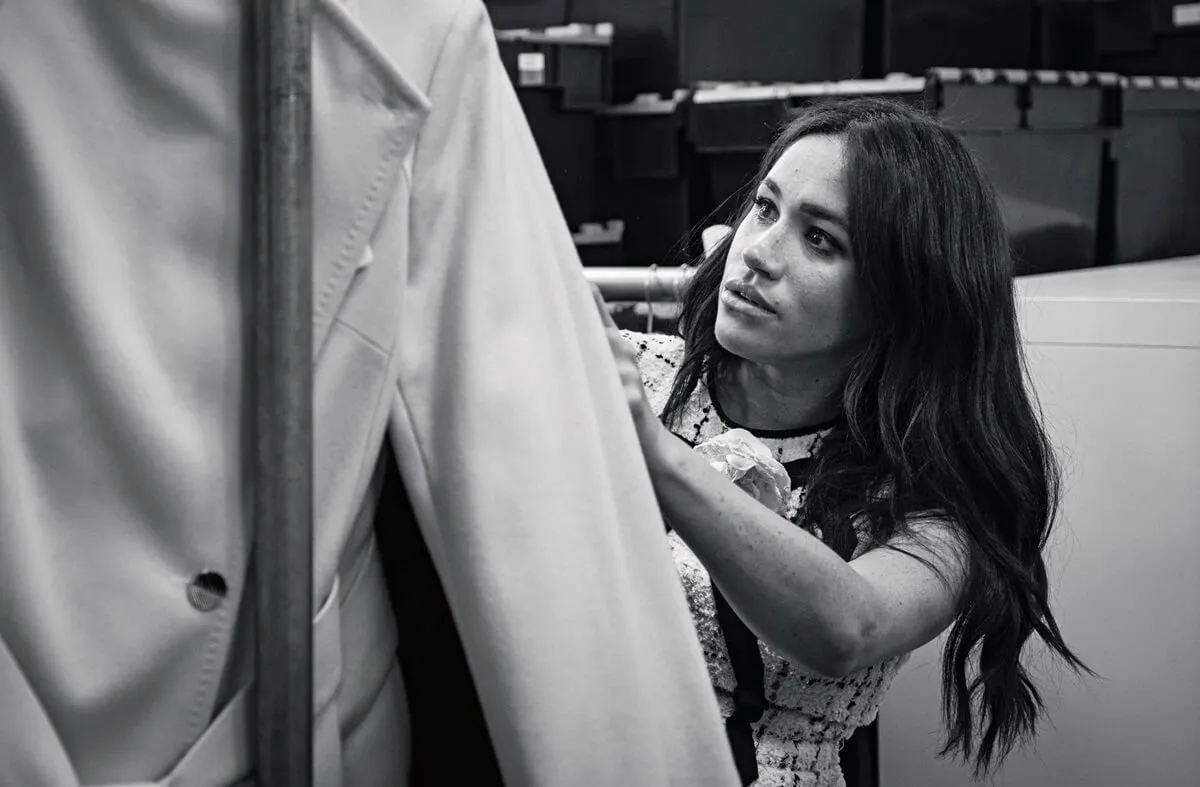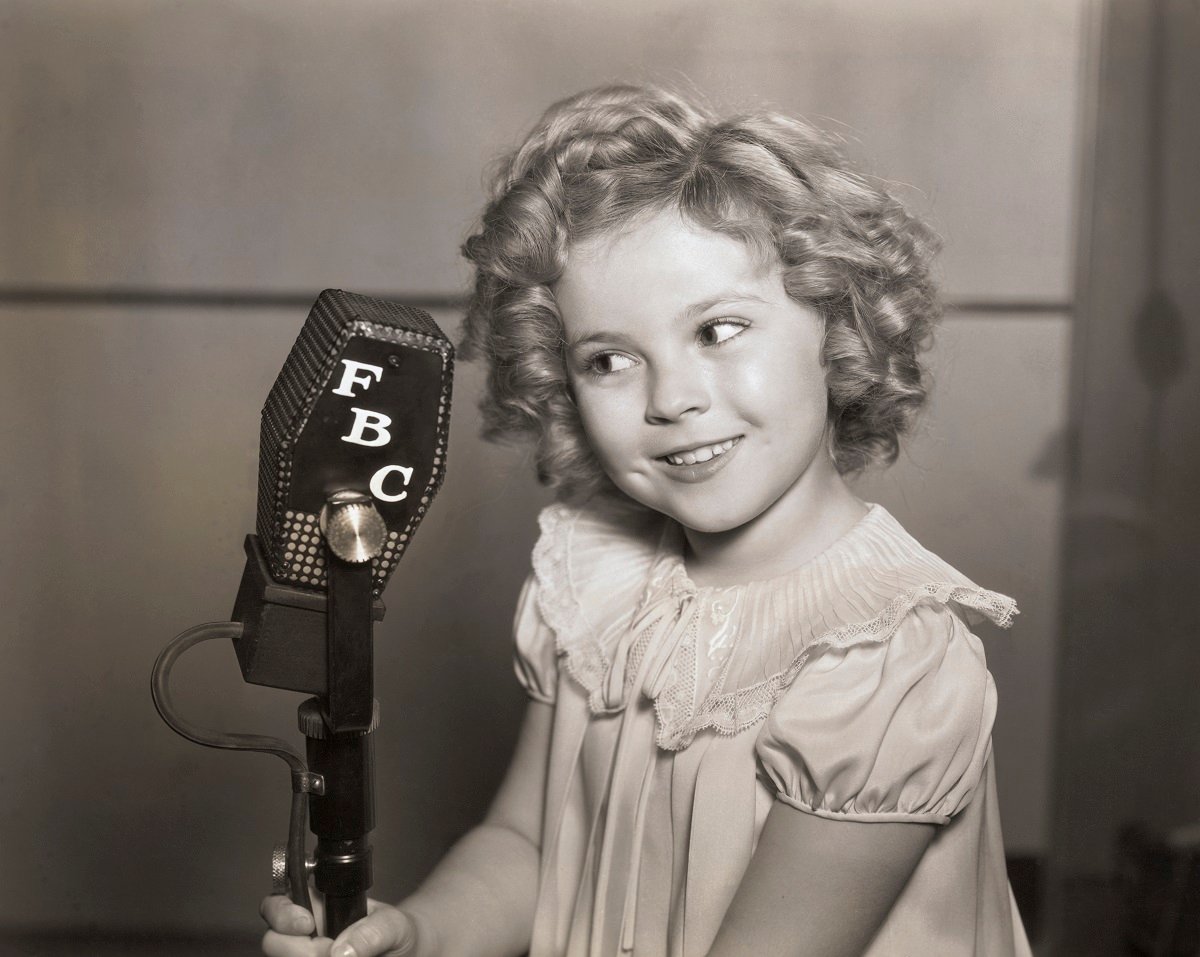
What Did Shirley Temple Do After She Quit Acting at 22?
Plenty of child actors pass through Hollywood, but no one has ever reached the heights Shirley Temple did. In the mid-1930s, she was arguably the biggest box office draw in the industry. Her infectious personality also made her one of the first celebrities to become a marketing machine, lending her name to many forms of merchandise that made her popularity even brighter.
But Temple’s number of hits slowed down as she grew up. She chose to retire early and move on to the next stage of her life. Shirley Temple transferred her fame into an unlikely second act as a diplomat for the United States government after she quit acting.
Shirley Temple dominated Hollywood as a child star
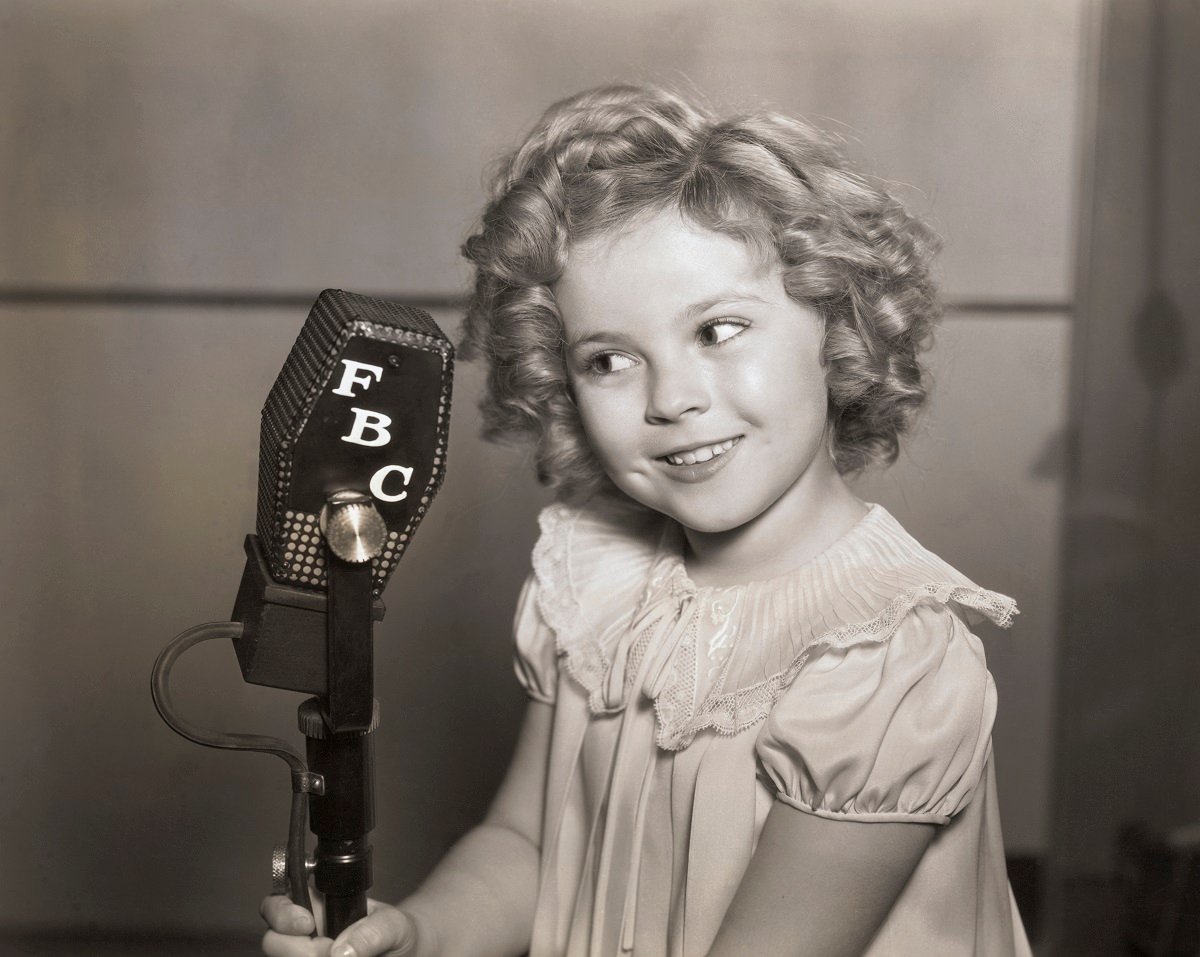
Born in 1928, Temple was ushered into the entertainment industry as soon as possible. She was three years old when her parents, Gertrude and George, enrolled her in Meglin’s Dance School in Los Angeles. Charles Lamont, a casting director for Educational Pictures, noticed Temple and invited her to her first audition. She signed a contract with the studio in 1932, joinging the cast of Baby Burlesks, a deeply problematic satire.
Regardless of the content, Temple’s talent stood out. She was soon moved on to bigger and better productions. Her first significant role was in 1934’s Stand up and Cheer!, and her charm quickly led to stardom.
Temple danced and sang her way into the hearts of audiences in movies like Curly Top, Heidi, and The Little Princess. Many of her movies seem simple by today’s standards. But her dimpled smile and curly hair held a lot of cultural weight. She was such an effective performer the Vatican had to be convinced that Temple was not actually a dwarf pretending to be a child.
Her power as a celebrity allowed her to become a brand at a level that actors of any age struggled to match at the time. Temple endorsed a line of girls’ dresses, cutout books, mirrors, and many other items. She even caught the eye of surrealist painter Salvador Dali. He imagined her as a sphinx-like figure in his 1939 piece, Shirley Temple, The Youngest, Most Sacred Monster of the Cinema in Her Time. (You can see it for yourself here.)
After Shirley Temple quit acting, she became more political
But even Temple wasn’t immune from Hollywood’s tendency to lose interest in successful kids once they hit puberty. She was dropped by 20th Century Fox at the age of 12 when her ability as a box-office draw showed the first signs of decline. Temple signed with MGM. But she only made one movie for the studio after several productions fell through. Additionally, a producer at the company, Arthur Freed, sexually assaulted Temple.
She continued to act until 1950. But when her success became rare as she transitioned to adulthood, Temple decided to retire at the age of 22. By that point, she was married to her second husband, Charles Alden Black, and ready to move on to the next phase of her life. Aside from a brief return to entertainment as a TV host in the late 50s, Temple spent most of her time making moves in the political sphere as a member of the Republican Party.
She ran a failed campaign for a California congress seat in 1967 but joined the United Nations delegation two years later. Temple would later become the U.S. Ambassador to Ghana under President Gerald Ford and Czechoslovakia during George H.W. Bush’s time in the White House. She was also the first female Chief of Protocol from 1976 to 1977.
How Shirley Temple avoided a lot of child star trauma
Child actors often deal with a lot of trauma as a result of their unique trajectories. But Temple was one of the rare people who seemed to go through the fame machine unscathed. “She would be catastrophic for the psychiatric profession. You can wake her up in the middle of the night and she has the same personality everybody knows,” said Charles Alden Black in 1988. “What everybody has seen for 60 years is the bedrock.”
She had a knack for shrugging off negative experiences better than most. When confronted by the fact that her father George lost most of the fortune she amassed during her peak, Temple claimed in her autobiography, Child Star, that she “felt neither disappointment nor anger” when she learned about this. (This fact and Black’s quote come courtesy of a Child Star recap in The Atlantic.)
Even when she was diagnosed with breast cancer in 1972, it became a social positive because of her openness about the ordeal. Temple announced the results of her operation on radio and TV, which helped to reduce the stigma around talking about cancer battles.
At least in public, the effervescence and glee that characterized Temple’s iconic roles stuck with her throughout her life. Temple died in 2014 at the age of 85 due to chronic obstructive pulmonary disease.
